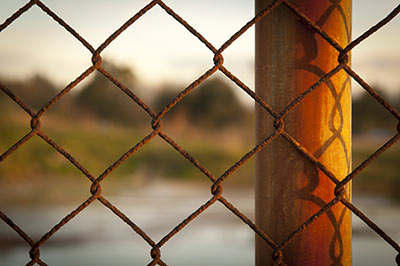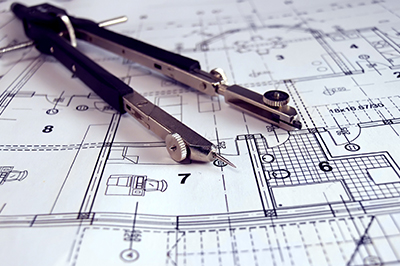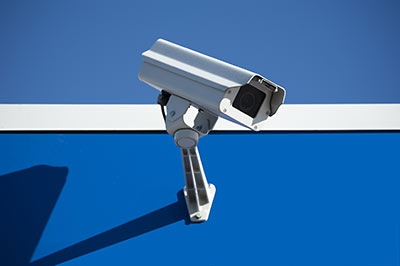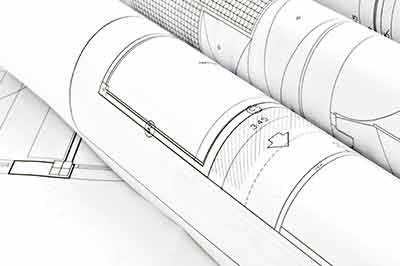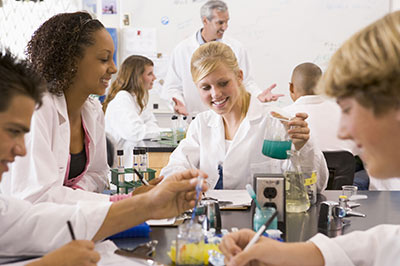Address the safety of school buildings by incorporating the principles of crime prevention through environmental design
By G. Victor Hellman Jr., Ed.D.
An effective learning environment is one in which students and staff feel safe and secure. Unsafe or unhealthy facilities can contribute to increased absenteeism among students and staff (Simons et al. 2010), affect learning outcomes, and lead to potential legal actions against the school division. Research indicates a correlation between students’ negative perceptions of safety and negative academic performance (Milam, Furr-Holden, and Leaf 2010). In other words, students do not perform as well in facilities in which they do not feel safe. Other studies link students’ perceptions of safety to inappropriate behavior (Kelling and Wilson 2012). It is reasonable to assume that these correlations extend to perceptions of facility conditions, as students may be more likely to exhibit behavioral issues in facilities that are unkempt. America’s education facilities are in need of improvement. According to the National Center for Educational Statistics, the average school facility is over 40 years old (Alexander and Lewis 2014). Although not true in all cases, aging facilities may be inadequate to serve our nation’s student population. For example, research indicates that students who attend school in older buildings that are not wellmaintained score 5–11 percentile points lower on standardized achievement tests than students in modern buildings (CGCS 2014). Furthermore, students don’t perform as well in facilities in which they do not feel safe (Milam, Furr-Holden, and Leaf 2010).
This article originally appeared in the July/August 2015 School Business Affairs magazine and is reprinted with permission of the Association of School Business Officials International (ASBO). The text herein does not necessarily represent the views or policies of ASBO International, and use of this imprint does not imply any endorsement or recognition by ASBO International and its officers or affiliates

